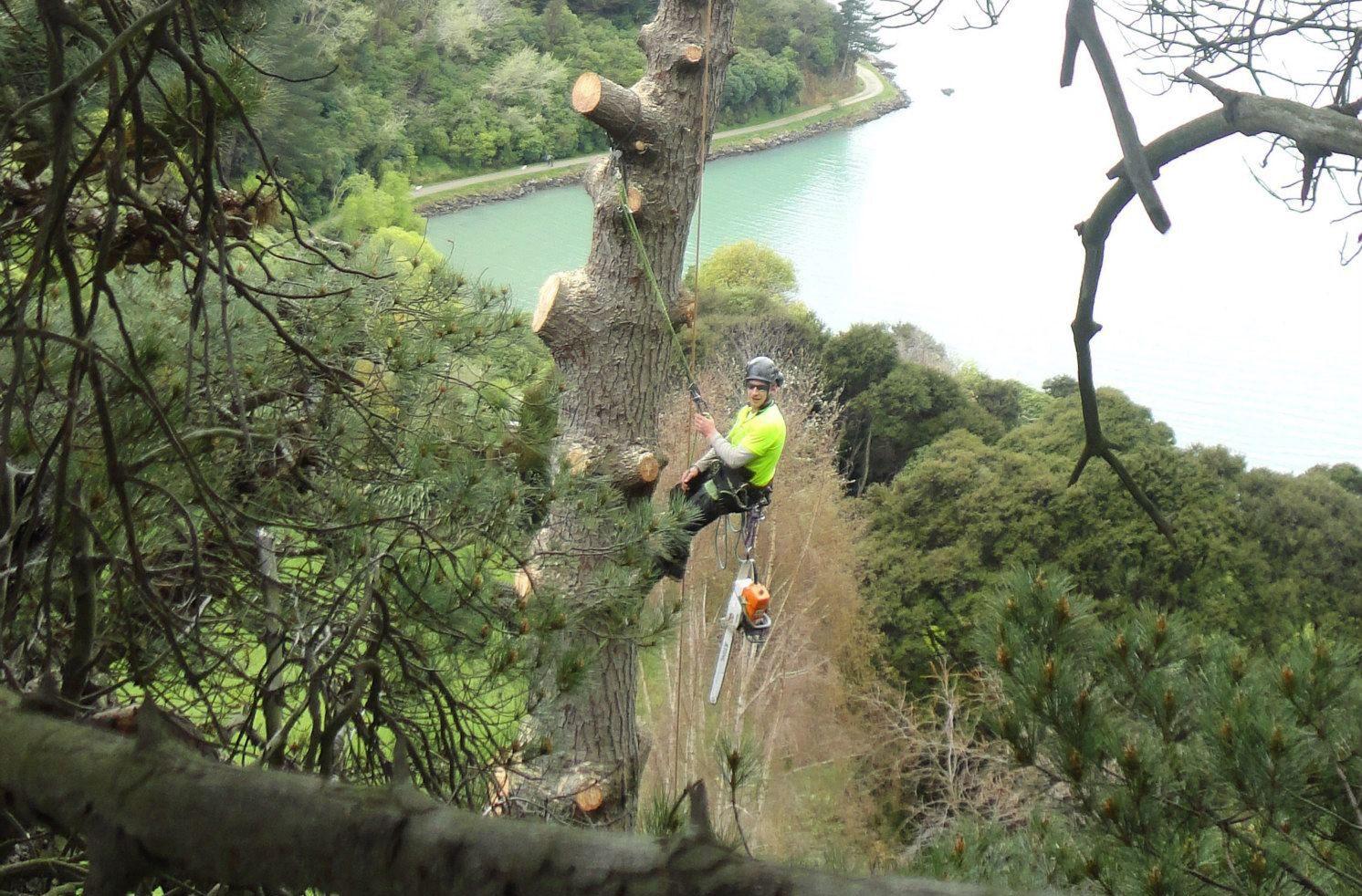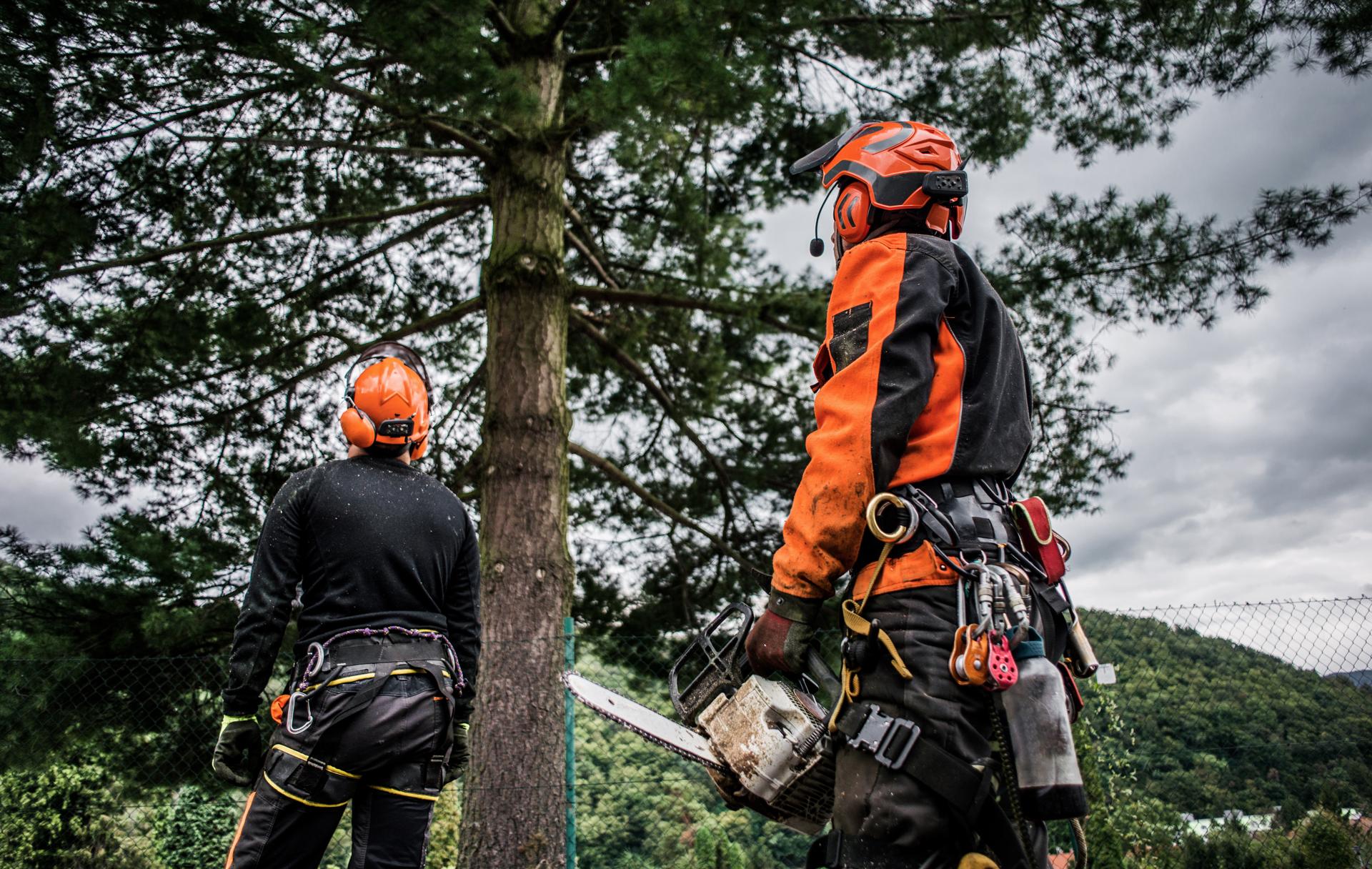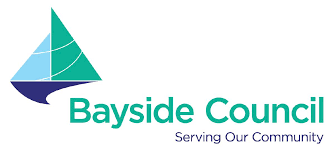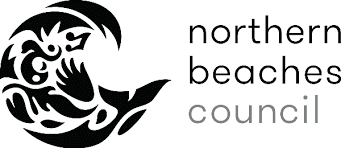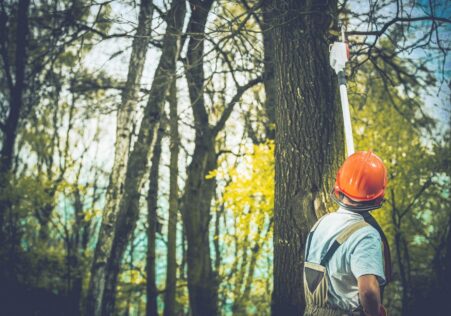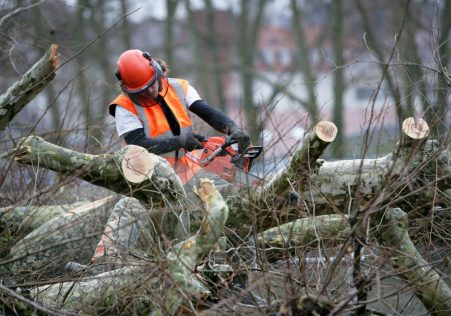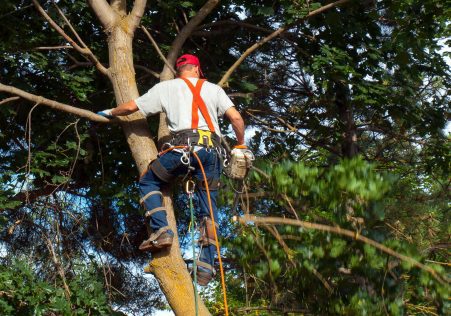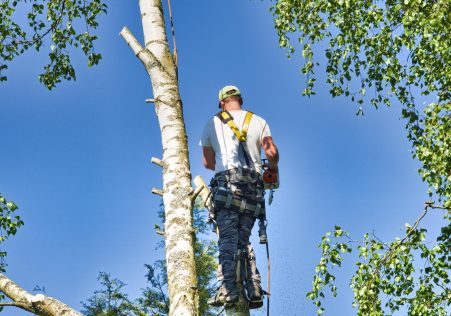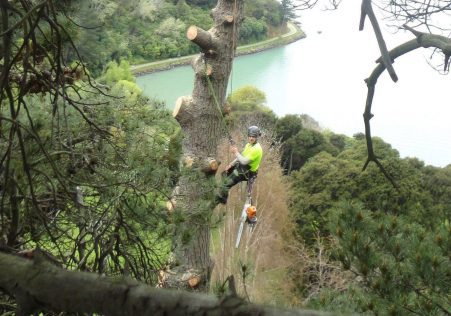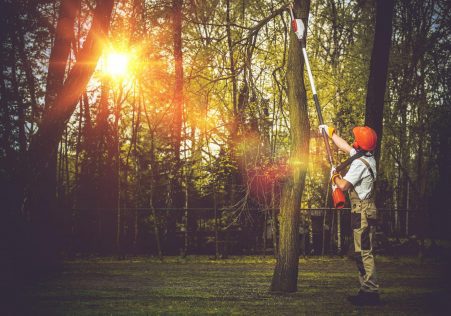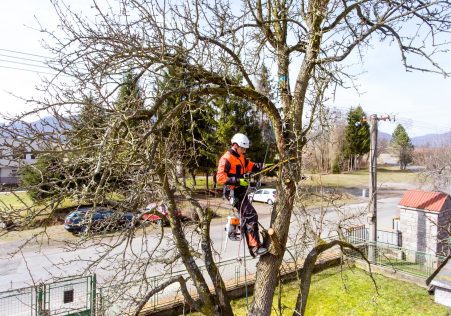Save Your Home and Your Safety: Recognizing Tree Extraction

Tree removal can be a complicated and possibly dangerous job. If a tree is dead or diseased or is in danger to fall, the tree may need to be removed to prevent damage to property and ensure safety. But how can you tell when a tree must be cut down? This article will guide you through the signs to be looking to and assist you decide when it’s time to call in the professionals.
Dead or Dying Trees
One of the most evident signs that a plant needs to be removed is if it’s dead or dying. Dead trees lack leaves and can appear lifeless. If a tree has no leaves or signs of new growth, it’s probably dead. The bark of a dead tree could be cracked, dry or peeling.
Diseased Trees
Diseased trees could pose a danger to the other plants and trees in the surrounding area. The most common signs of disease in trees include the appearance of yellowing leaves, wilted branches, and mushrooms growing at the bottom and the top. If you suspect your tree is suffering from disease it is important to get it checked by a certified arborist.
Leaning Trees
Trees that lean to one side may indicate that the root system is failing, and the tree could be in danger of falling. To identify if a leaning tree is a danger, look for cracks or breaks in the trunk and examine the soil around the tree’s base. If you see any of these signs you should have the tree evaluated by an arborist.
Overhanging Branches
Trees with overhanging branches that are in close proximity to power lines or buildings could pose a threat to the safety of your property and personal safety. If you are concerned about overhanging branches, it’s best to have the tree evaluated by an arborist who will determine if pruning or removal is required.
FAQs
How can I tell when a tree has died?
A tree is considered dead when it is without leaves and shows no indication of new growth. Additionally, the bark of dead trees may be dry, cracked, or peeling.
What are the signs of a dying tree?
Common signs of disease in trees are yellowing leaves, wilted branches, and mushrooms growing at the bottom of the tree.
Can you safely remove the tree by yourself?
Tree removal can be a complicated and dangerous task. It’s best to delegate it to professionals to ensure the safety of you and your family members.
Conclusion
When it comes to tree removal, it’s crucial to be able to identify the indicators that indicate that a tree requires to be removed. If you are aware of signs of dead or dying trees, sick trees, overhanging or leaning branches and overhanging branches, you can take the necessary steps to ensure the safety of your property as well as those surrounding you. If you suspect that there is a tree in your yard that needs to be removed do not hesitate to call Christchurch Tree Services for a professional evaluation. Our arborists with years of experience have the experience and equipment to handle all the tree removal requirements. Do not risk your security. If you think there is a tree in your yard that needs to be removed, contact Christchurch Tree Services today for a expert assessment. Our expert arborists will give you the peace of mind that comes with knowing your property is safe with us. Call us now at 0800 500 738 to schedule an appointment.

